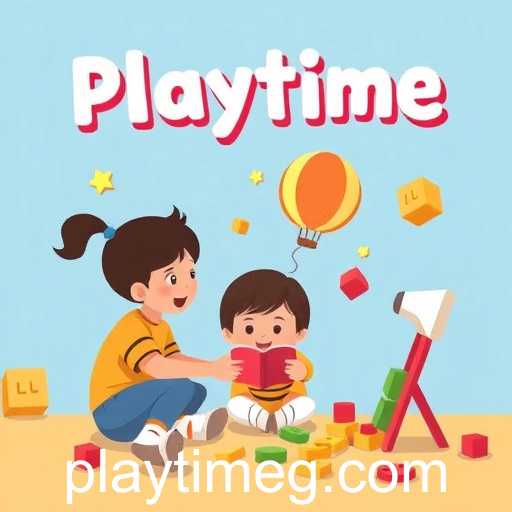In the dynamic world of educational games, 'playtime' is not just an interval for amusement but a fundamental component that bridges learning with engagement. As educational games become more prevalent both in classrooms and homes, understanding the role of playtime as a conduit for educational development is essential.
At its core, playtime in educational games is structured to capture and retain the attention of learners through interactive and engaging methods. Unlike traditional learning models, educational games that incorporate playtime often present concepts in bite-sized, manageable pieces that are easier to grasp. This interactive form of learning taps into a child's natural propensity for play, turning curiosity into understanding.
Moreover, playtime in educational games provides a safe space for trial and error, fostering an environment where children can explore new skills and subjects without the fear of failure. This experiential learning approach encourages critical thinking and problem-solving, skills that are invaluable in a child’s holistic development.
Educational games often integrate playtime in a way that aligns with educational standards, ensuring that while a child is absorbed in the game, they are also meeting learning objectives. For instance, games designed for mathematics might incorporate puzzles that require the application of arithmetic skills to progress to the next level, subtly reinforcing math concepts in a fun and non-threatening way.
The technology behind educational games allows for personalized learning experiences. Many games are designed with adaptive learning technologies that tailor playtime activities to the individual needs of the learner. This ensures that each child's learning experience is customized to their pace and comprehension level, maximizing the educational benefits received during playtime.
Playtime in educational games also fosters social interaction and cooperation, especially in games involving multiplayer functions or shared problem-solving activities. This social dimension can enhance communication skills and camaraderie, essential components of social development.
As we continue to navigate a digital age where technology is increasingly interwoven with educational methodologies, the concept of playtime in educational games remains ever relevant. It exemplifies an ideal junction where digital entertainment meets educational enrichment, pushing the boundaries of how knowledge and skills are imparted to future generations. As educators and parents alike embrace this gamified learning approach, the potential for educational games to transform playtime into a powerful learning experience becomes limitless.








